Pollinators
Plant & Animal Relationships
Translate this page in your preferred language:
You can translate the content of this page by selecting a language in the select box.
PLANTING A POLLINATOR GARDEN
Flowering plants use fragrance and color to attract butterflies, moths, bees, flies and hummingbirds. Most of these pollinators come to drink nectar – the energy-packed sugary liquid flowers produce. The plant’s pollen (powdery seed dust) rubs off onto the gentle feet, wings and abdomen of each pollinator as they drink. The pollen is moved from flower to flower, helping these plants to reproduce by making fruits and seeds. You can attract pollinators to your yard by providing a wide variety of native flowering plants and avoiding pesticides.
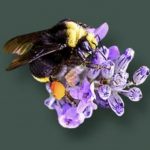
Yellow-faced Bumble Bee Bombus vosnesenskii
Bees collect pollen on their fuzzy bodies
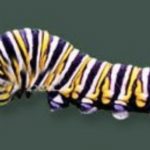
Monarch Caterpillar Danaus Plexippus
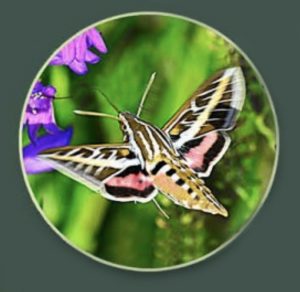
White-lined Sphinx MothHyles lineata This moth mimics the flight patterns of hummingbirds.
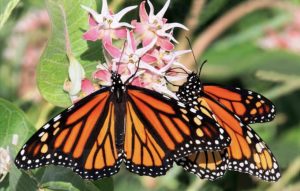
Monarch Butterfly Danaus plexippus sips nectar from a Common Milkweed flower.
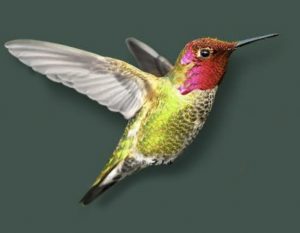
Anna’s Hummingbird (male) Calypso anna Hummingbirds collect pollen on their heads
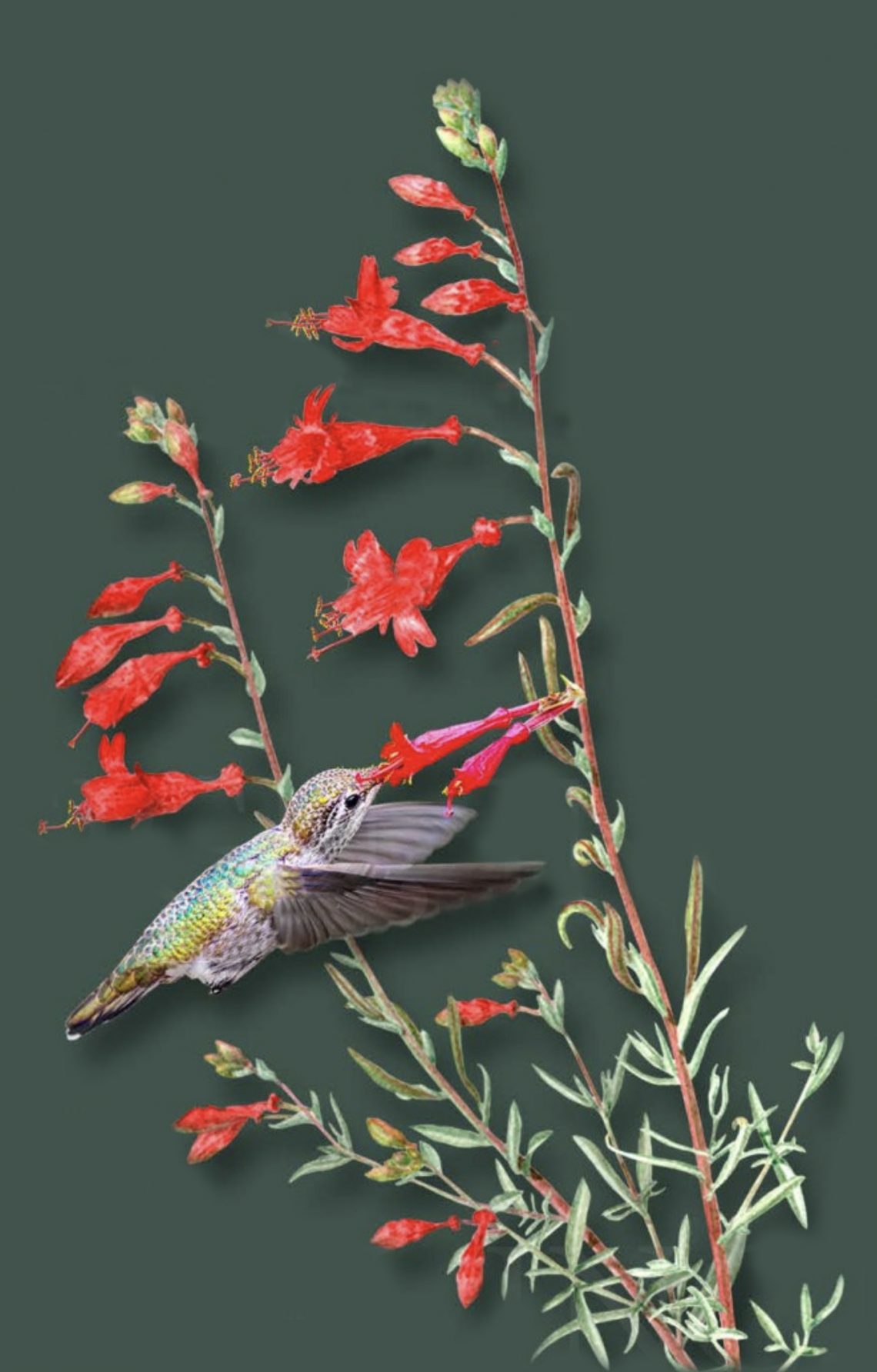
California Fuchsia Epilobium canum These flowers have evolved to fit the shape of a hummingbird’s head while it comes to drink nectar.